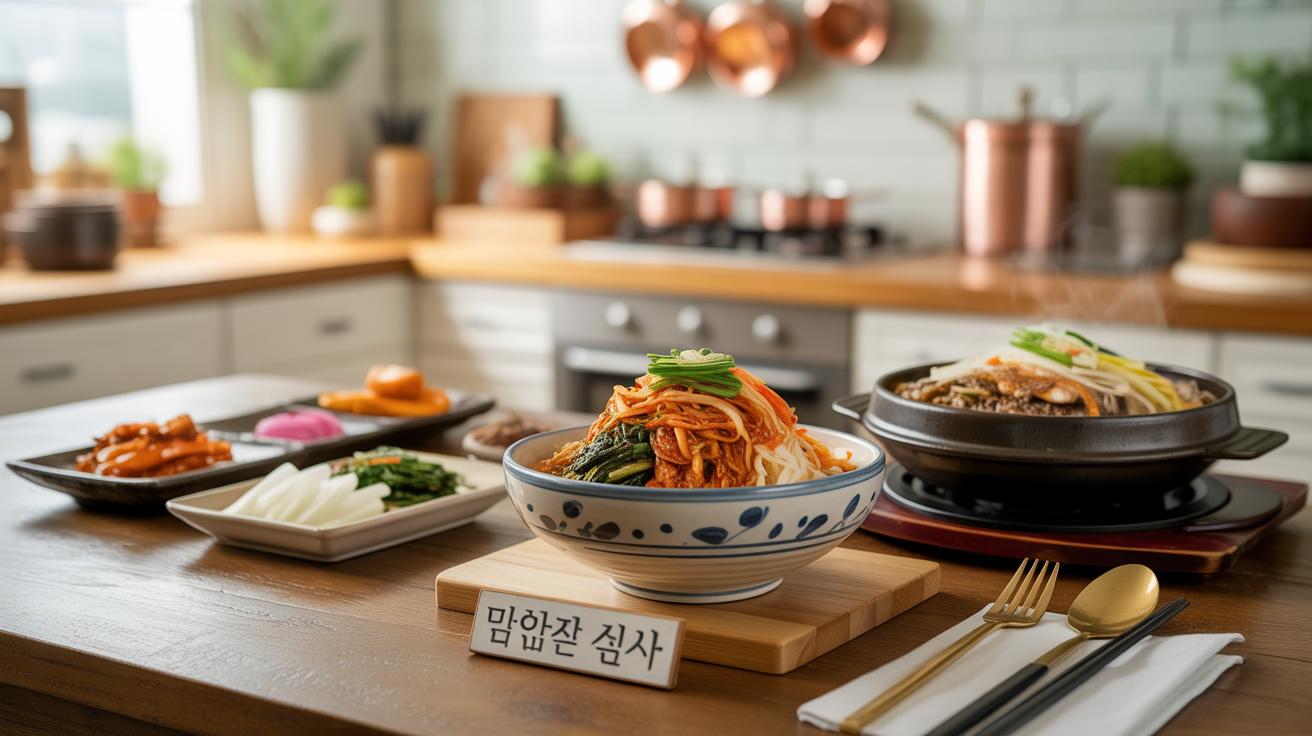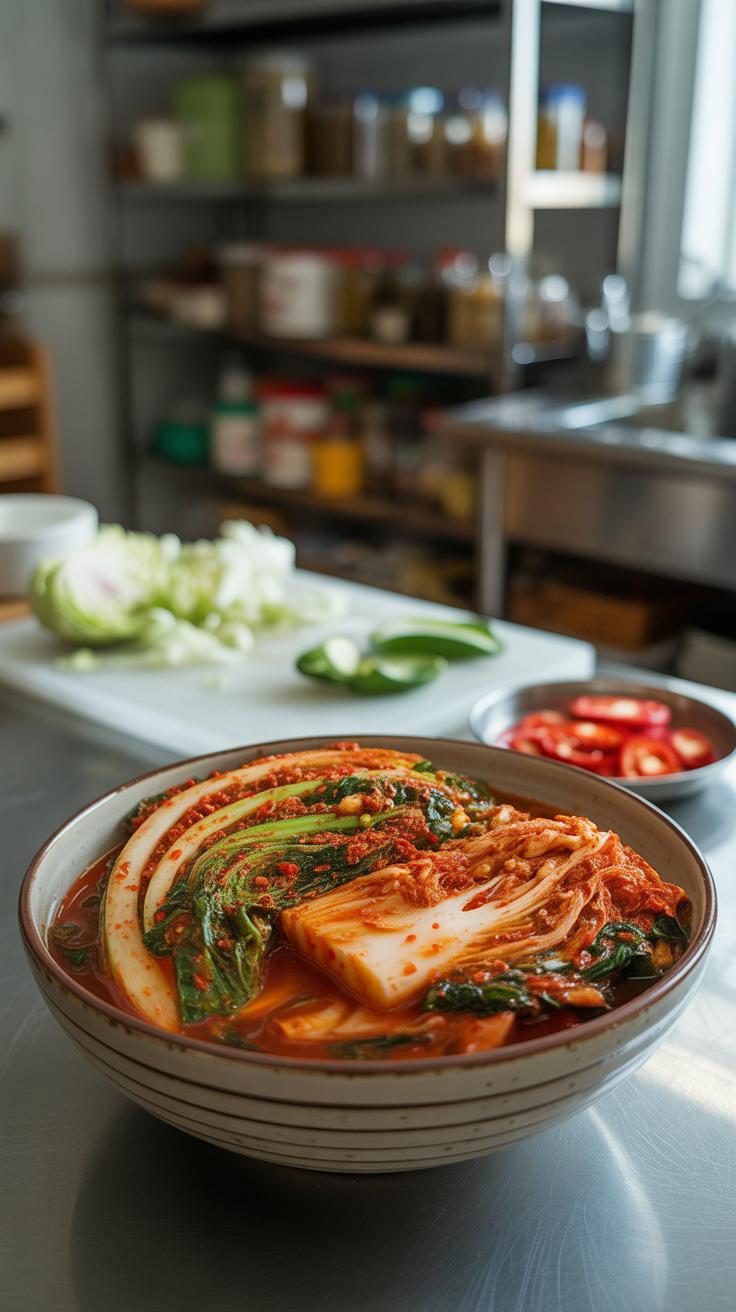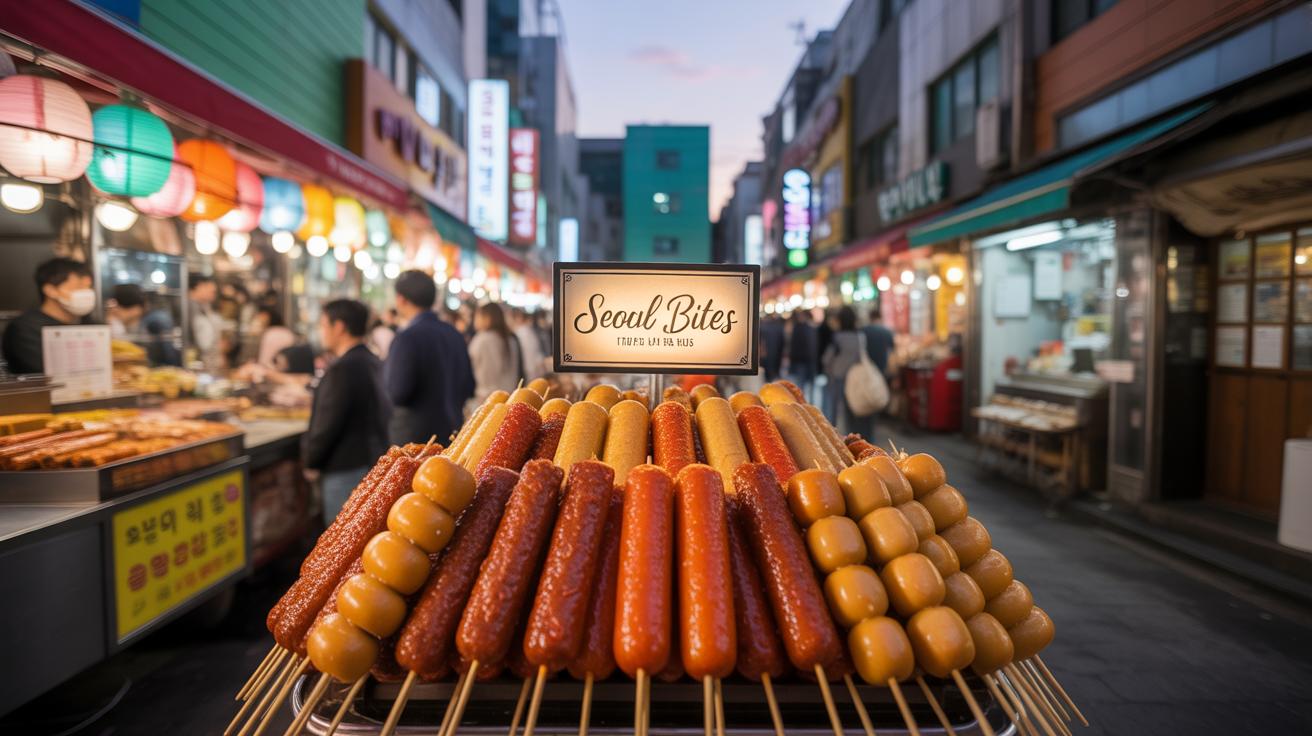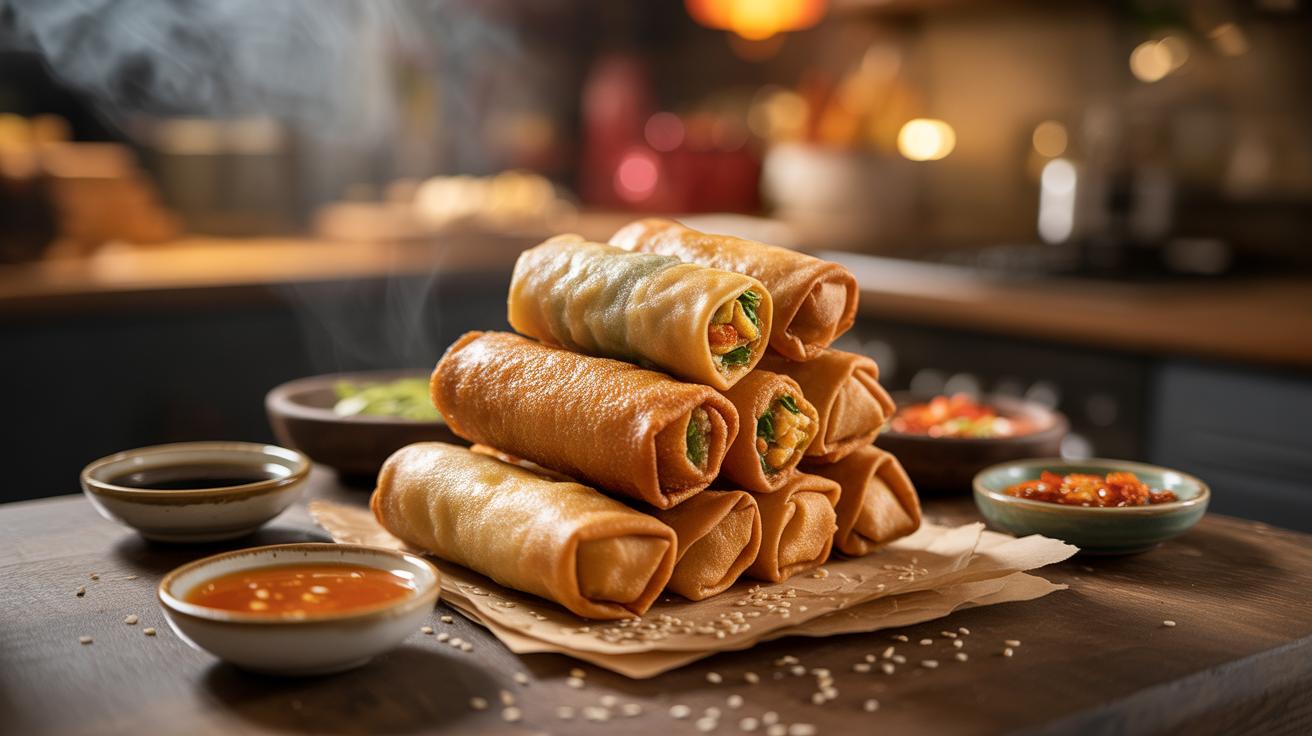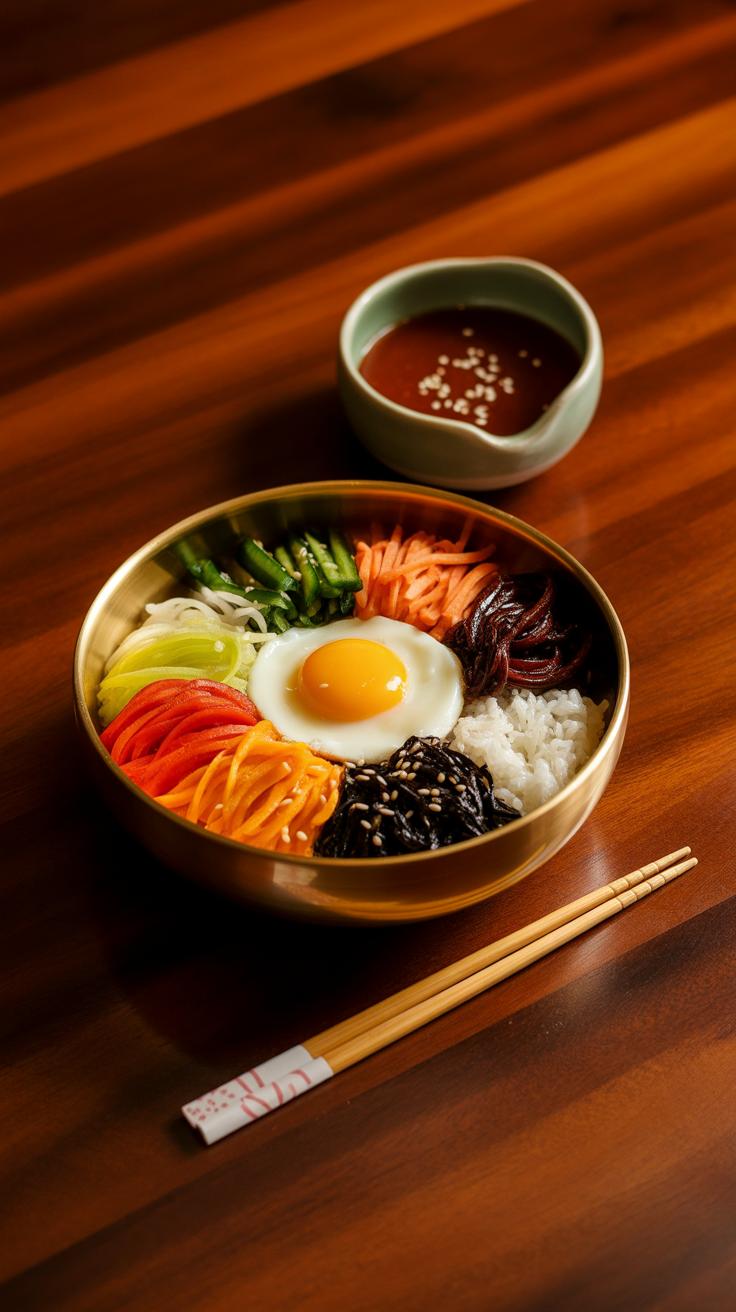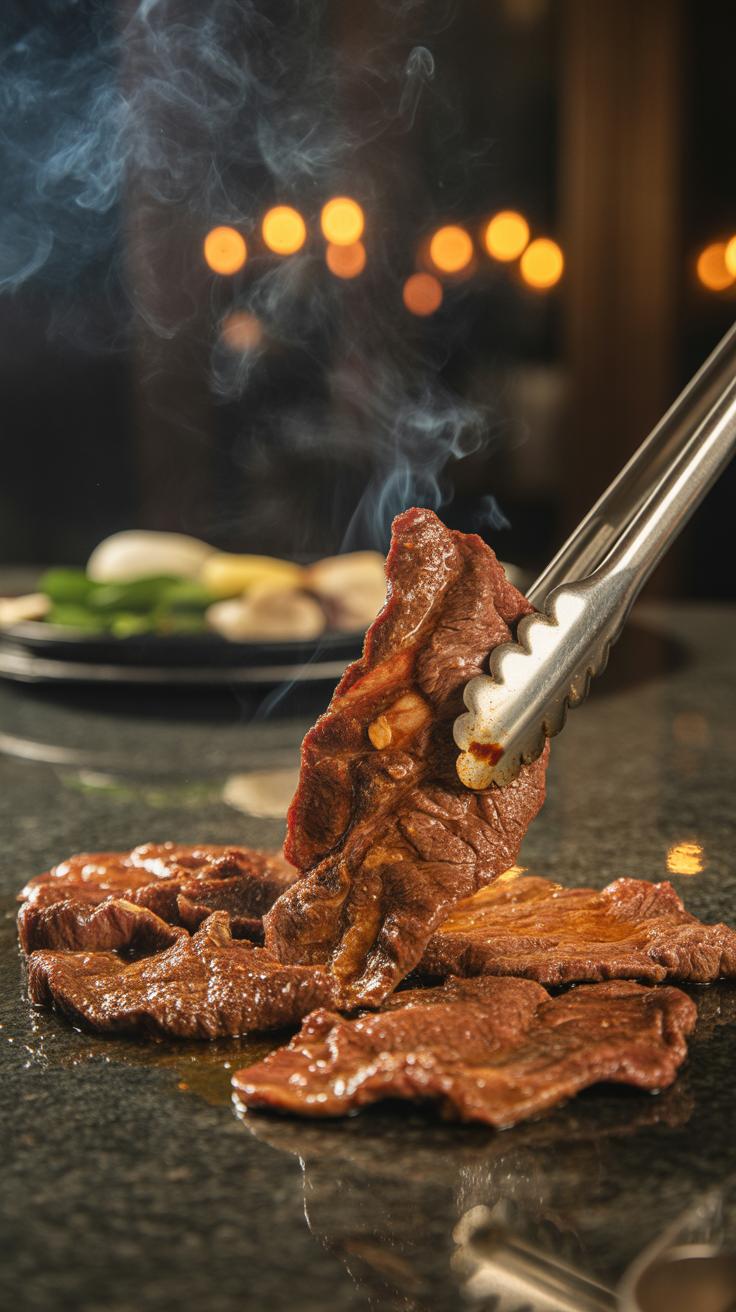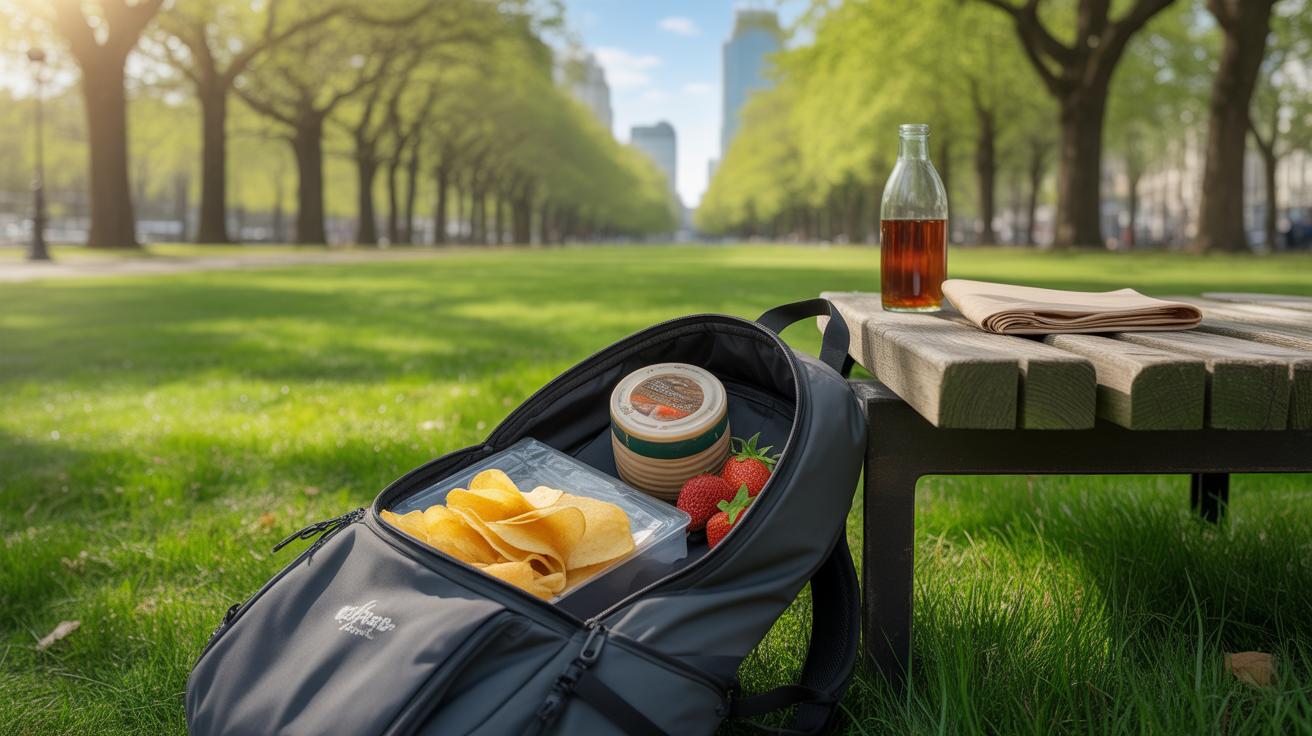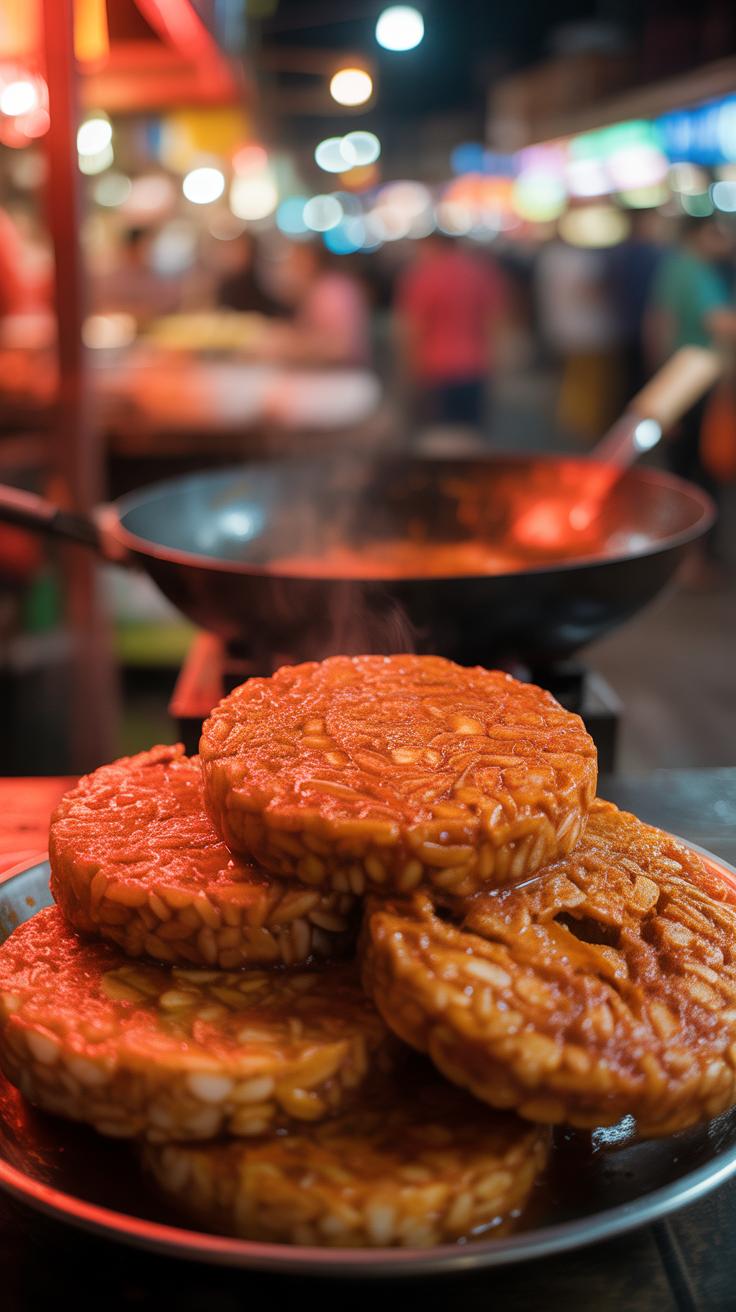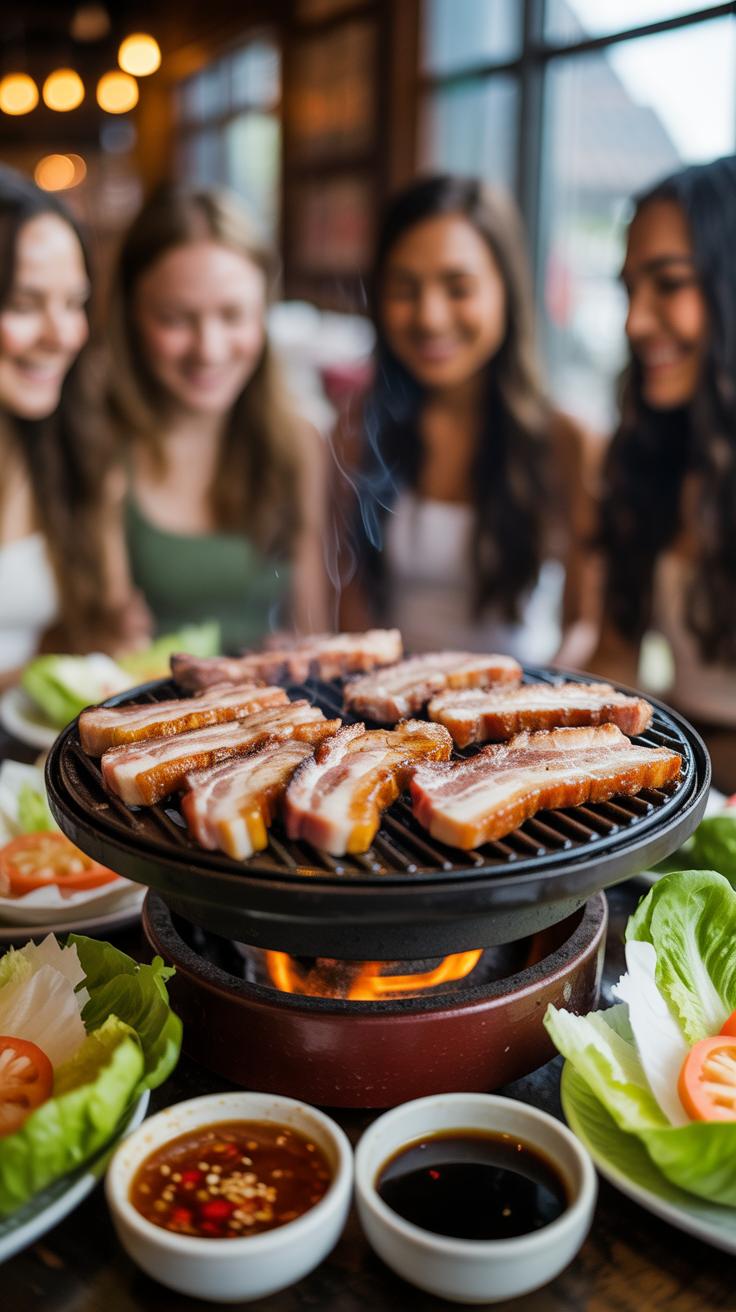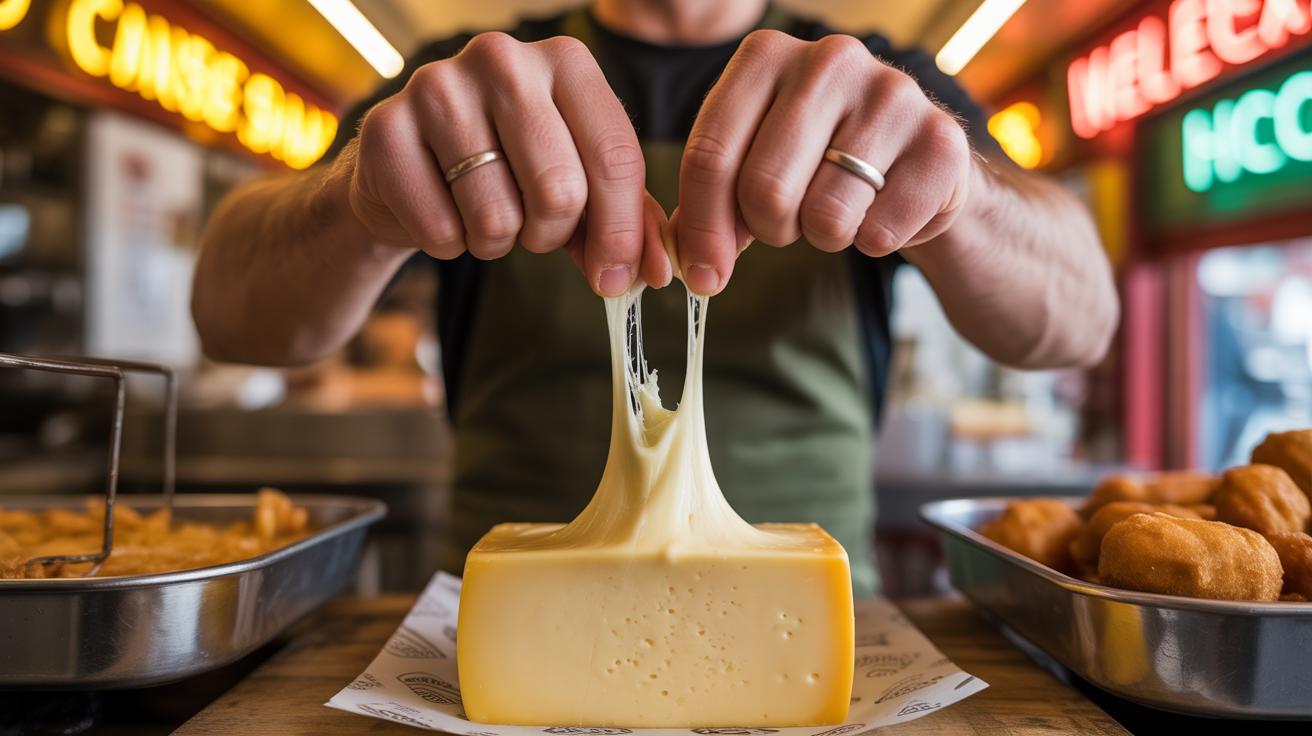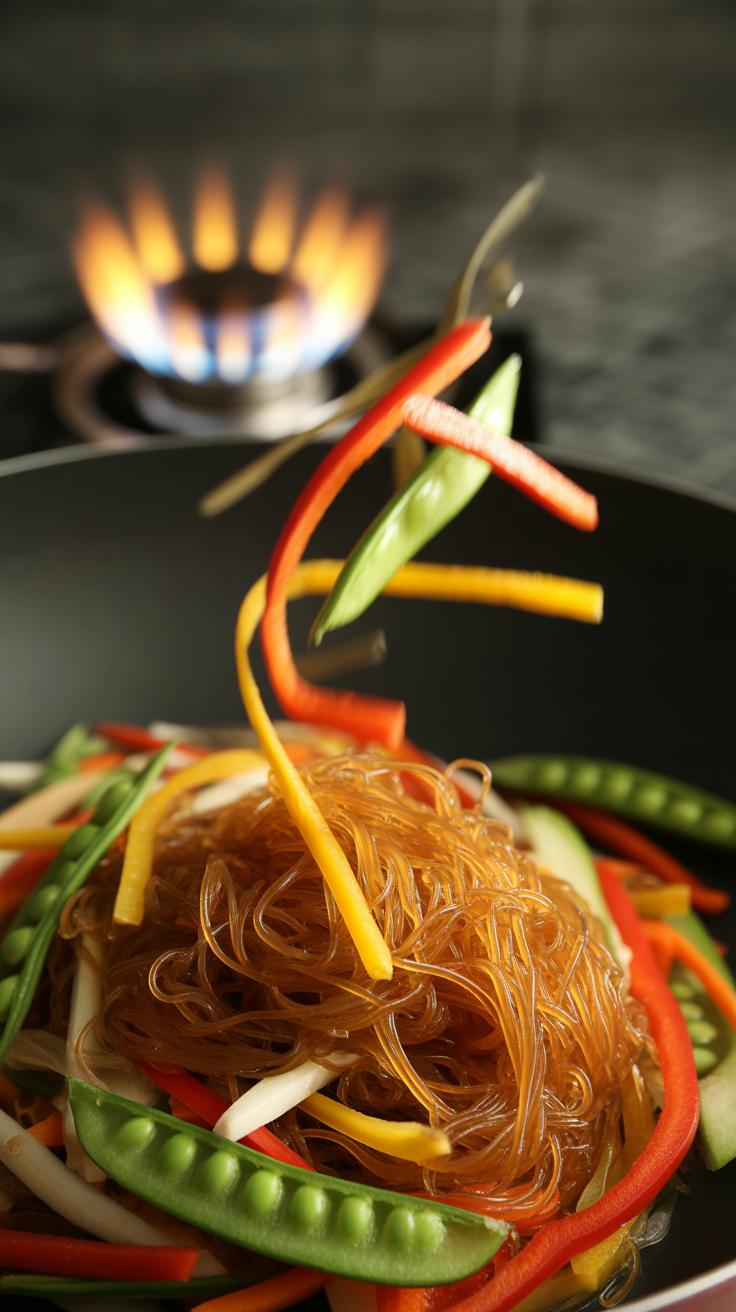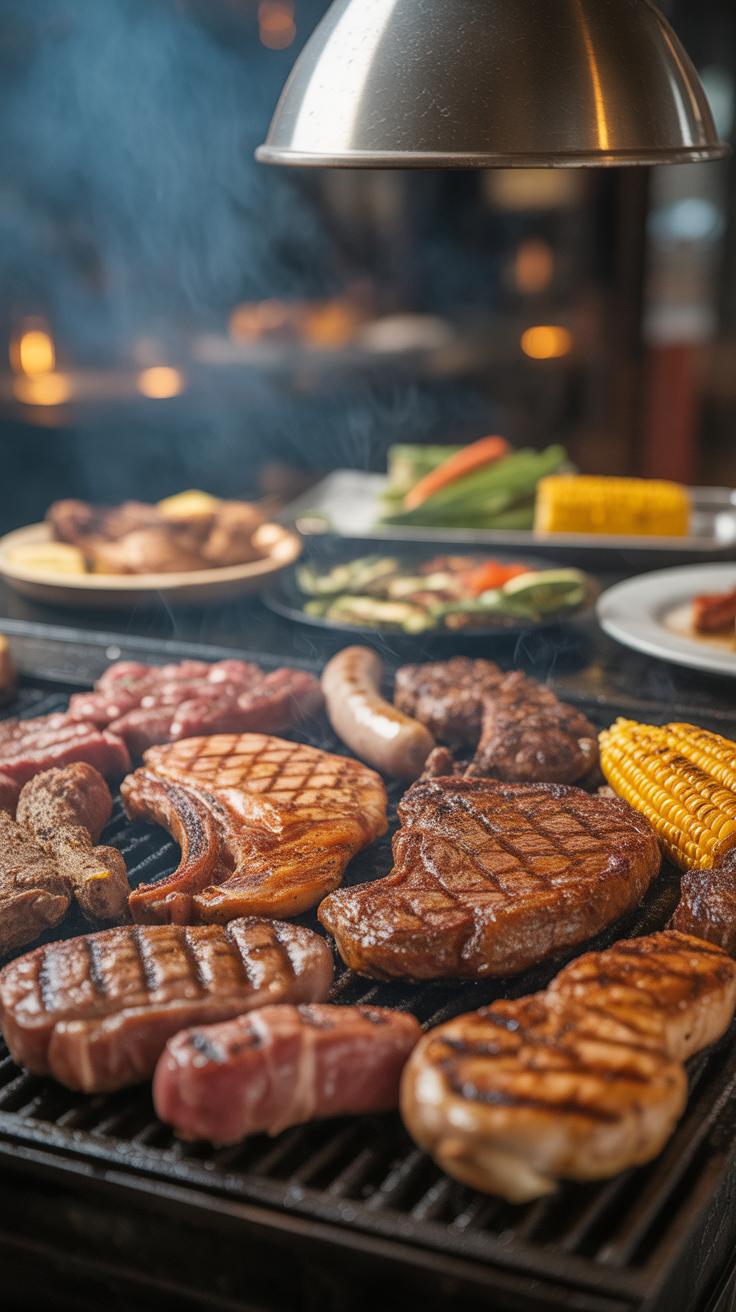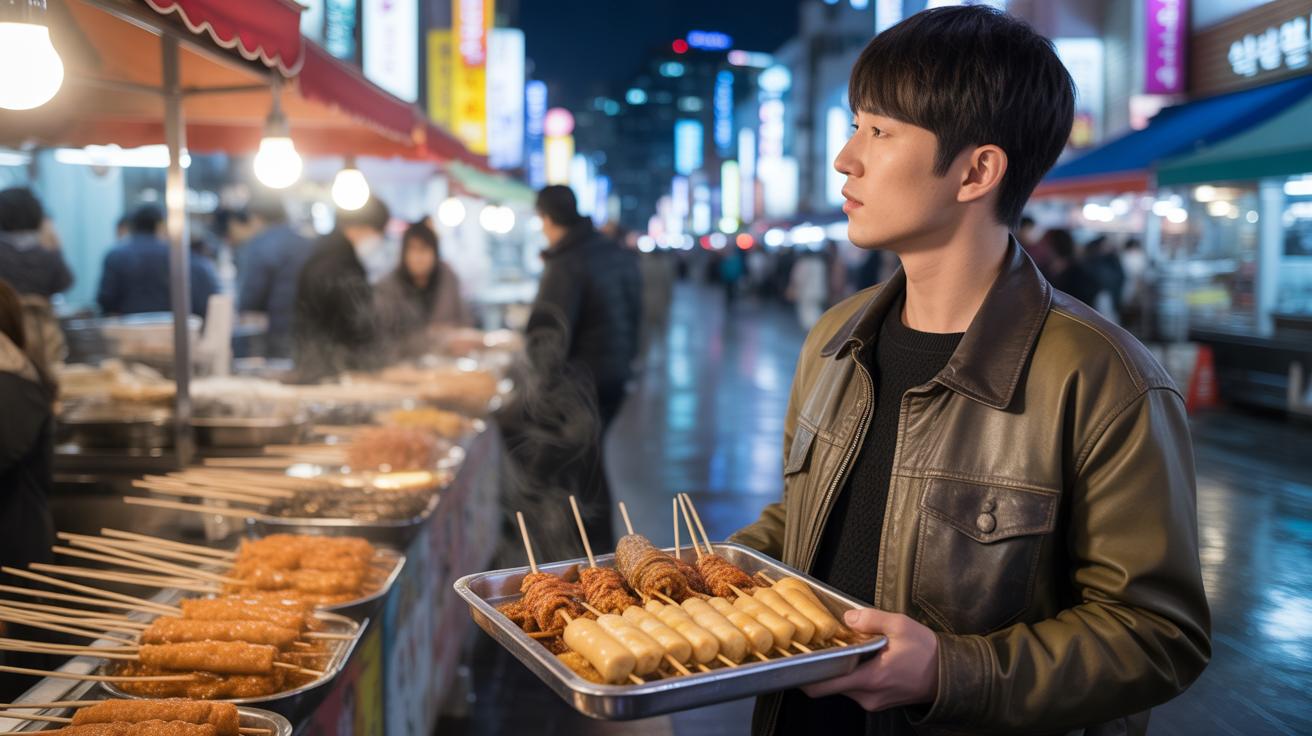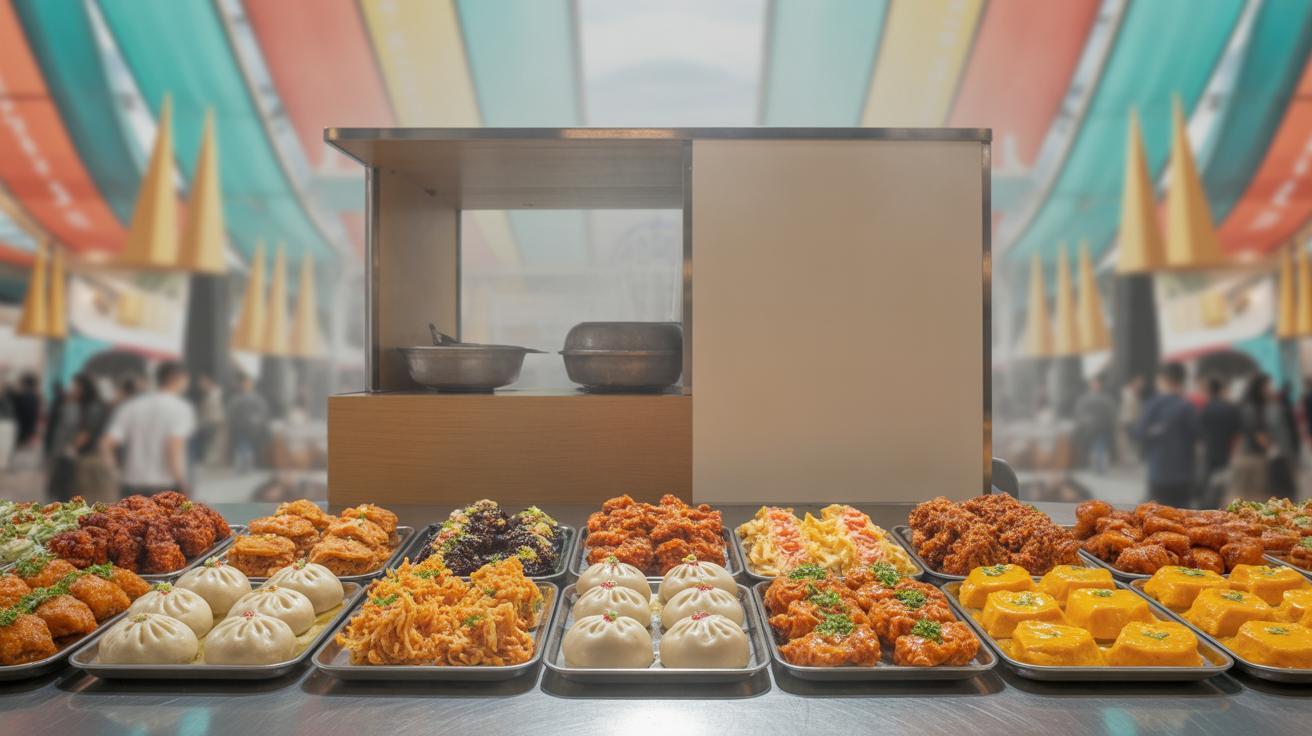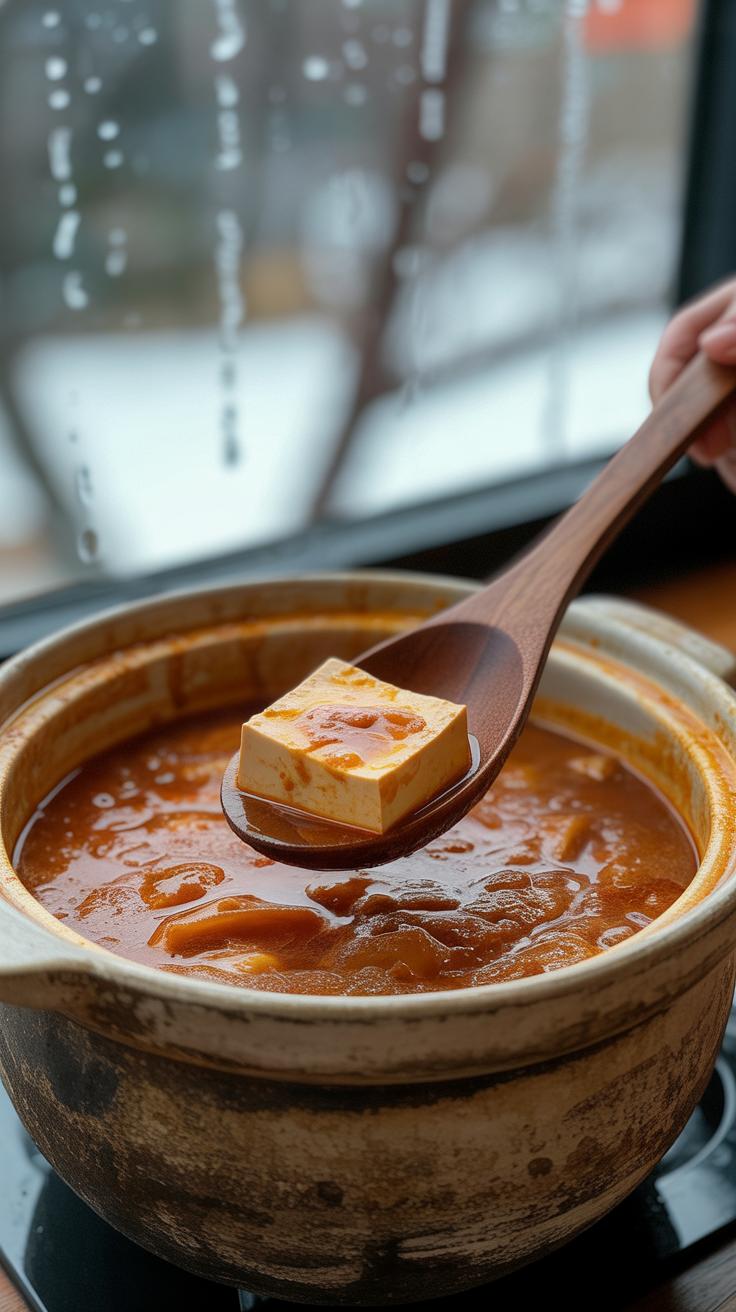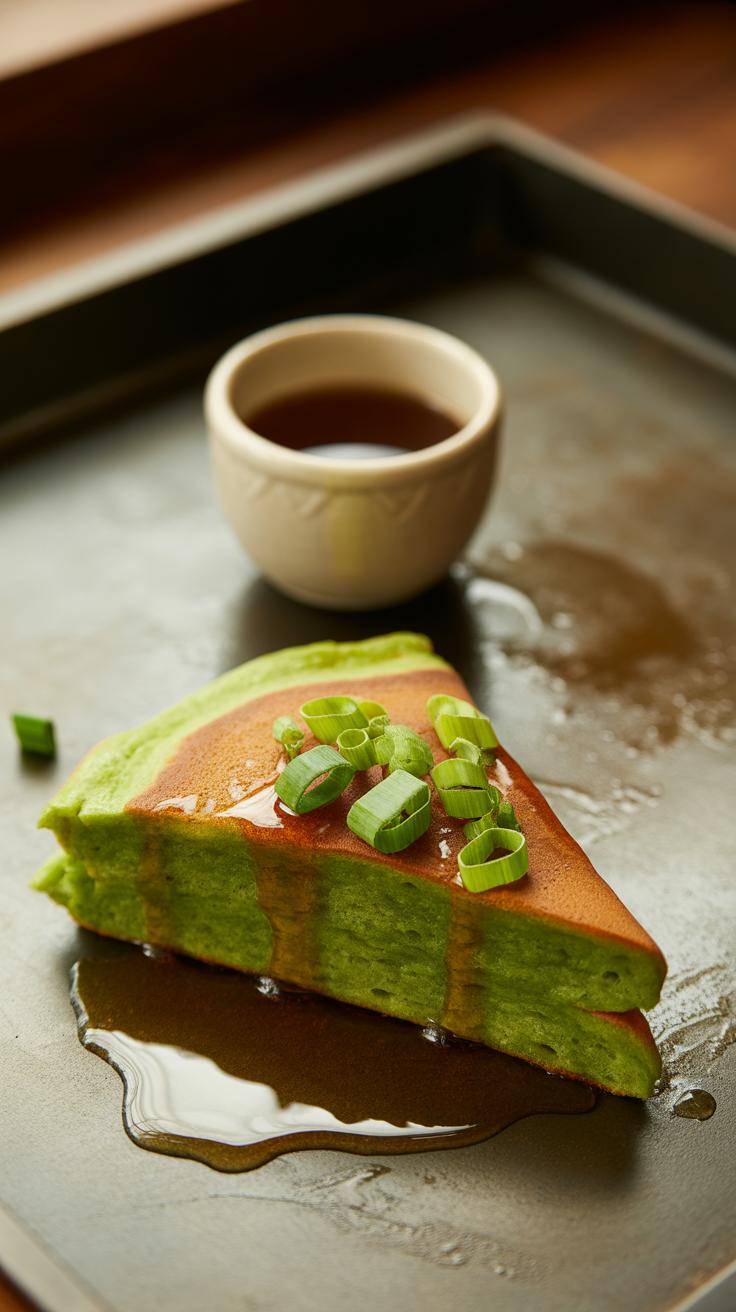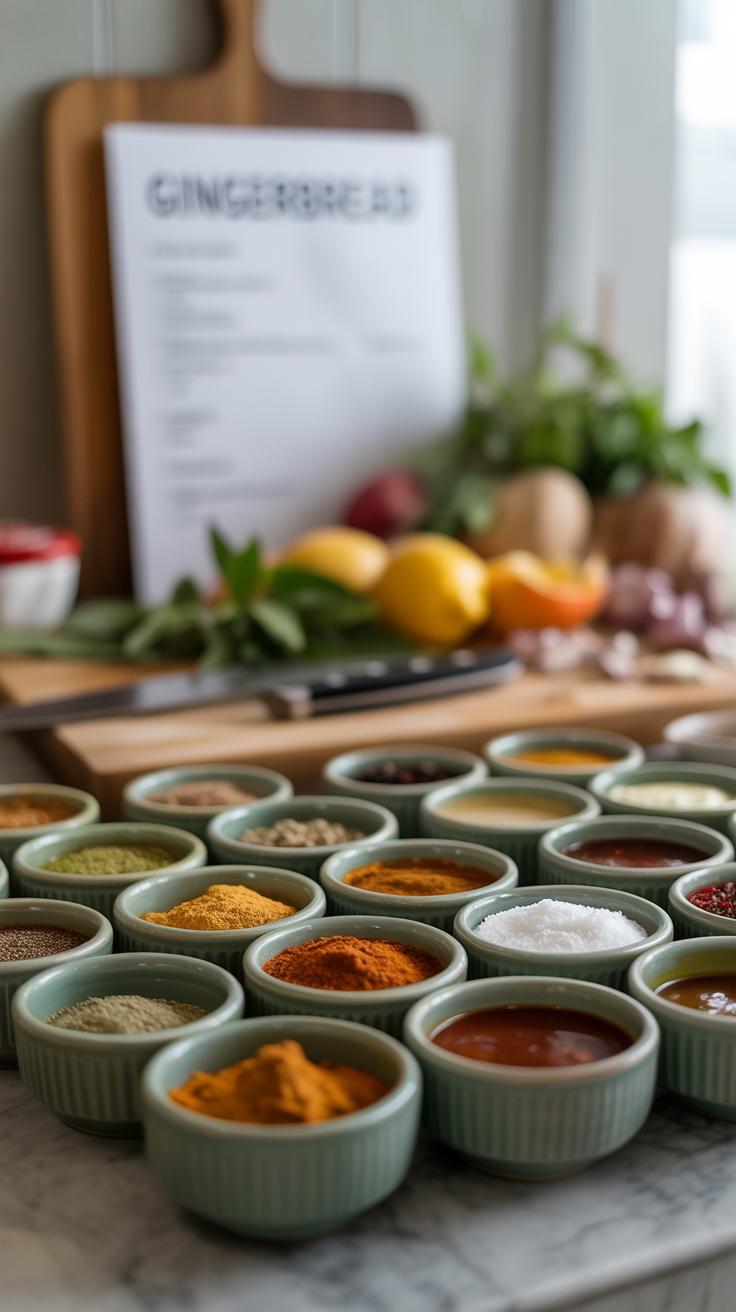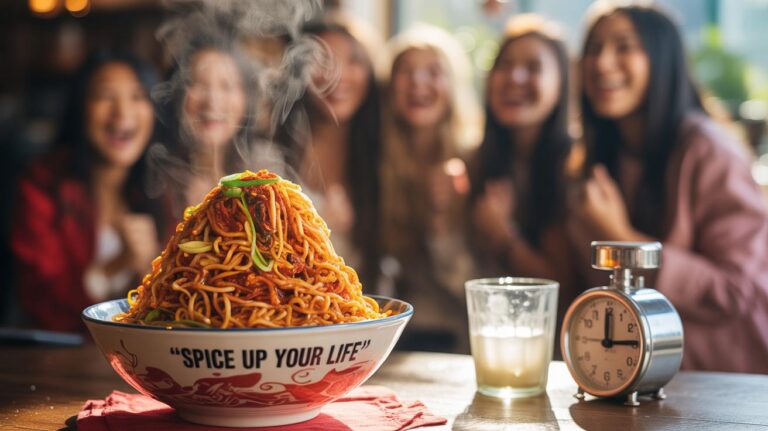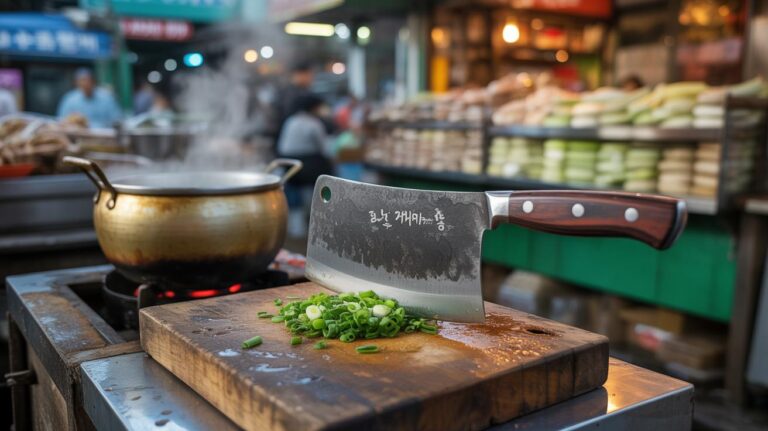Introduction
Korean cuisine offers a variety of unique dishes known for their flavors and cultural significance. It largely features rice, vegetables, seafood, and meats, with iconic ingredients like sesame oil, garlic, gochujang (chili paste), and fermented side dishes such as kimchi. For newcomers, trying traditional Korean dishes is a great way to experience this rich culinary culture.
This article introduces ten essential Korean dishes that every beginner should try. From the spicy taste of tteokbokki to the savory flavor of bulgogi and the comfort of sundubu-jjigae, these dishes are a good start. Each chapter explores a dish’s ingredients, history, and preparation tips. You will learn how these meals reflect Korean traditions and how to enjoy them easily at home or dining out.
Kimchi The Staple Side Dish
Kimchi is more than just a side dish in Korean cuisine; it’s almost an identity. At its core, kimchi is fermented vegetables, most commonly napa cabbage or radish, seasoned with a mix of chili powder, garlic, ginger, and fish sauce. The process creates a unique balance of sour, spicy, and umami flavors. The fermentation can take days to months—sometimes longer—depending on the temperature and patience of the cook.
Traditionally, families used large earthenware pots called onggi to ferment kimchi underground, especially in winter. This method allowed for controlled fermentation, but today many turn to refrigerated containers. Despite changes, the essence remains: a living, breathing food that carries Korean culture in every bite.
Almost every Korean meal features kimchi. It’s served at breakfast, lunch, dinner—sometimes with rice alone. It helps digest heavier dishes and adds a punch of flavor that’s hard to replace. For many, kimchi is comfort food, medicine, and art all rolled into one.
Ingredients and Preparation of Kimchi
At first glance, kimchi might look simple—cabbage dyed red with chili flakes—but it’s really a careful blend of textures and flavors. The primary vegetable is napa cabbage, though radish and cucumber also appear in variations. The seasoning mix includes Korean chili powder (gochugaru), garlic, ginger, salted fish or anchovy sauce, and sometimes sugar or fermented shrimp to deepen taste.
The key to good kimchi lies in the fermentation. Traditionally, families buried large onggi pots filled with salted, seasoned cabbage in cool earth. This natural refrigeration encouraged a slow fermentation. Modern methods often use cool basements or refrigerators, which speed things up but might miss some subtle flavors.
If you try making it yourself, you’ll find how small differences—salt timing, chili amount, fermentation length—change the final taste dramatically. It’s almost like each batch has its own personality.
Why Kimchi is Essential in Korean Meals
Kimchi appears on nearly every Korean table for a reason. It’s not just about flavor; kimchi brings balance. The tangy, spicy crunch refreshes the palate between bites of rich stews or grilled meats. Also, it stimulates digestion and boosts appetite.
Health-wise, kimchi contains probiotics from fermentation, which can aid gut health and immunity. It’s packed with vitamins and fiber too. Many Koreans see it as a daily health booster, not just a condiment.
You might notice kimchi tailored to match each dish—sweeter versions for milder meals, spicier when paired with bland soups. Its presence feels natural, almost expected. Without it, Korean meals somehow feel incomplete, like they’re missing a crucial piece of the puzzle.
Bibimbap The Mixed Rice Bowl
Key Ingredients and Serving Style
Bibimbap literally means “mixed rice,” a dish both simple and complex at the same time. At its core, it features a bowl of warm white rice topped with an assortment of namul—seasoned and cooked vegetables like spinach, bean sprouts, and fernbrake—plus thinly sliced beef, and often a fried egg with a runny yolk. The vibrant gochujang, a red chili paste, sits on the side or drizzled on top, waiting to be stirred in. Mixing everything well before eating is crucial, turning those distinct flavors and textures into one harmonious bite. It’s like the bowl demands your attention to create the perfect balance.
Eating Bibimbap and Its Cultural Meaning
Bibimbap first appeared as a practical meal—to use leftover vegetables and rice—but grew into something more symbolic. It’s often served during festivals or after farming, a way to bring many flavors and textures together, representing harmony and balance. This dish truly embodies Korean ideas about nutrition, combining carbs, protein, and veggies in a single bowl. People say it “nourishes both body and soul,” though I’m not sure if the soul part is an exaggeration, but it definitely feels wholesome and satisfying. Have you ever tried mixing your food at the table? Bibimbap demands it—because eating it unmixed would miss the point entirely.
Bulgogi The Marinated Grilled Beef
Marinade Ingredients and Meat Selection
Bulgogi starts with thin slices of beef, usually tender cuts like ribeye, sirloin, or sometimes brisket. The meat’s thinness is key—it soaks up the marinade faster and cooks quickly.
The marinade is simple but layered in flavor. Common ingredients include soy sauce, sugar, minced garlic, and a bit of sesame oil. Some versions add grated pear or apple to tenderize the meat and introduce natural sweetness. A touch of black pepper or a splash of rice wine can also pop in here. You might wonder how long to marinate—usually 30 minutes to a few hours does the trick. Longer than that? It might get mushy or too strong.
One tip is to slice the meat against the grain for tenderness and mix the marinade evenly to coat every piece.
How Bulgogi is Enjoyed
Traditionally, bulgogi is grilled right at the table, thin slices sizzling over open flames or a charcoal grill. That charred edge adds a smoky note that sets it apart. But many homes pan-fry the meat in a hot pan or skillet—it’s faster and still delicious.
Bulgogi usually comes with plenty of side dishes like kimchi, pickled radishes, or fresh lettuce leaves. Wrapping the meat with a bit of rice and a dab of ssamjang sauce feels just right. Nowadays, it’s also common to find bulgogi in burgers or even tacos, showing how versatile it has become. Still, nothing beats the simple joy of fresh, tender bulgogi straight from the grill, accompanied by those crunchy, tangy sides.
Tteokbokki The Spicy Rice Cakes
Tteokbokki is one of those Korean dishes that you’ll almost always find on busy street corners or in small snack shops. It’s basically chewy rice cakes, called garae-tteok, simmered in a thick, spicy sauce that grabs your attention right away. The sauce often centers around gochujang, a fermented chili paste that brings both heat and a bit of sweetness. You might smell it before you see it—this dish tends to fill the air with a rich, spicy aroma that’s pretty hard to ignore.
Ingredients and Variations
The heart of tteokbokki is the dense, tube-shaped garae-tteok rice cakes. They’re simple but addictively chewy, soaking up the sauce like little sponges. Alongside them, fish cakes often appear—thin, savory sheets that add a different texture. Many versions also include boiled eggs, which mellow the spice a bit when you bite into them.
But tteokbokki isn’t just what you get walking down a street in Seoul. If you try it in restaurants or cafés, you might encounter cream-based or curry-flavored versions. These twists soften the usual intense spiciness, and sometimes it feels like you’re tasting an entirely different dish, yet familiar at the same time. I’ve tried a curry tteokbokki once, and it was oddly comforting, almost like a spicy stew.
Tteokbokki’s Place in Korean Food Culture
Why is tteokbokki such a staple snack? Part of it is the experience. It’s something you eat with friends, often standing around a hot plate or sharing a big bowl on a cold day. The spicy warmth makes it perfect for casual gatherings where no one is in a hurry to finish. It’s the kind of food that invites conversation, pauses, and maybe even a second helping.
Street food in Korea isn’t just about quick eats; it’s about community and comfort. Tteokbokki’s popularity goes beyond taste—it’s a symbol of shared moments, something many Koreans grew up eating after school or during late-night outings. So, when you try it, you’re tasting more than just rice cakes and sauce. You’re stepping into a widely loved Korean tradition that brings people together around a steamy, fiery bowl.
Samgyeopsal The Grilled Pork Belly
What is Samgyeopsal and Its Role in Korean BBQ Culture?
Samgyeopsal means pork belly, sliced thick and grilled right at your table. It’s one of the most beloved staples in Korean BBQ. The meat itself is unseasoned, letting the pork’s natural fat and flavor come through as it crisps on the grill. You get that combination of juicy and crispy textures—it’s quite something.
In Korean BBQ culture, samgyeopsal isn’t just a dish; it’s a social experience. Eating it is hands-on. You gather around a grill, cook together, and share the food as you chat. It’s almost impossible to separate the joy of the meal from the connections made at the table.
How to Grill and Prepare Samgyeopsal
Usually, samgyeopsal is cut into bite-sized pieces while grilling, to ensure even cooking and easy eating. You can turn the pork directly on a gas or charcoal grill built into the table or use a portable stovetop grill. Patience helps here—letting the fat render out slowly makes all the difference.
Accompaniments are essential. Think crisp lettuce leaves, slices of garlic, green chili peppers, and a few dipping sauces like ssamjang. To eat, you place a piece of grilled pork on a lettuce leaf, add garlic, maybe some rice or sliced scallions, then wrap it into a little package. The contrast of the savory meat and fresh greens works so well.
Have you noticed how everyone seems to have their own wrapping style? Some fold tightly, others loosely—there’s no single “right” way. It feels casual but thoughtful, a bit like sharing a secret once you take that first bite.
Samgyeopsal in Social Dining
Samgyeopsal is hugely popular in group settings. Offices often head out for samgyeopsal dinners after work. The grilling itself encourages conversation and interaction. You’re not just eating; you’re helping cook, passing tongs around, and deciding when the meat’s done together. It creates a casual, friendly atmosphere where people loosen up.
It’s interesting how a simple strip of pork can become the centerpiece for bonding. Maybe it’s because the act of cooking shares responsibilities. Or maybe the communal warmth comes from the sizzling sounds and the smell of the meat mingling with laughter. Either way, samgyeopsal meals tend to stick around in memory more than many other dinners.
Japchae The StirFried Glass Noodles
Japchae is a Korean dish you might want to try early on if you’re curious about Korean flavors. It features sweet potato starch noodles—sometimes called glass noodles—stir-fried with a colorful mix of vegetables and often some meat like beef. The noodles are smooth and slightly chewy, which gives a nice contrast to the crisp vegetables.
Ingredients and Cooking Process
The vegetables usually include:
- Carrots, thinly sliced
- Mushrooms, often shiitake or button
- Spinach, blanched briefly
- Onions, sliced
- Green onions or scallions
There’s a technique to it that’s a bit unusual: you cook each ingredient separately. Boil the noodles until just tender, rinse them with cold water to stop cooking, and drain well. Stir-fry each veggie quickly—carrots first, then spinach, mushrooms last—seasoning lightly with soy sauce and garlic. Meat, if used, gets cooked separately, then everything is mixed in the end. The key is gentle tossing, so the noodles don’t break or turn mushy. I remember my first attempt; I overcooked the noodles, and it was a sticky mess.
When to Serve Japchae
Japchae isn’t just another side dish. It holds a special place in Korean celebrations. You’ll often find it on tables during weddings, birthdays, and big holidays like Chuseok. It’s both festive and practical since it can be served warm or at room temperature, which makes it a perfect dish for parties. But some people, myself included, enjoy it anytime—it’s just really satisfying and easy to share.
Korean Barbecue Styles and Dishes
Korean barbecue is more than just a way to cook meat—it’s an experience. This grilling method brings people together around a sizzling table, grilling thinly sliced or chunkier cuts of meat, often marinated but sometimes left plain to savor the natural flavors.
Varieties of Meat and Marinades
You’ll find beef, pork, and even chicken commonly used. Bulgogi, for example, features thinly sliced beef marinated in a mix of soy sauce, sugar, garlic, and sesame oil. It’s sweet and savory, easy to love but maybe a bit too familiar for seasoned palates.
Galbi uses beef short ribs, either marinated or fresh, grilled slowly to draw out rich flavors. Some prefer unmarinated cuts to enjoy the pure meat taste enhanced by charcoal. And don’t forget samgyeopsal, or pork belly—often grilled plain, letting the fat melt and caramelize on the grill.
Different grills change things up. You might use a charcoal grill for smoky notes or a gas grill for quick, controlled heat. Many Korean BBQ tables have built-in grills, making it easy to cook at your own pace.
Accompaniments for Korean Barbecue
Korean barbecue rarely stands alone. You’ll always get a spread of side dishes, or banchan, accompanying it. Steamed rice is a basic staple, grounding the flavors.
Kimchi, the spicy fermented cabbage, adds sharpness and crunch, balancing the richness of the meat. Fresh vegetables like lettuce or perilla leaves let you wrap grilled meat into tiny, flavorful packets—adding freshness and texture.
Ssamjang, a thick, spicy paste made with fermented soybeans and chili, often tops these wraps, along with garlic slices or sliced chili peppers for an extra kick. This combination keeps the meal interactive and varied—each bite slightly different, never boring.
SundubuJjigae The Soft Tofu Stew
Sundubu-jjigae is a hot stew centered around silken soft tofu. It’s usually filled with vegetables like zucchini and mushrooms, along with chili paste that gives it a distinct spicy warmth. You can also find versions with seafood, such as clams or shrimp, or with meat, often pork or beef. This stew simmers in a traditional hot stone pot, which keeps it bubbling as you eat.
The ingredients typically include:
- Soft tofu (sundubu)
- Vegetables (zucchini, onions, mushrooms)
- Korean chili paste (gochujang) and chili flakes (gochugaru)
- Seafood or thinly sliced meat (optional)
- Garlic and green onions
Cooking it in the stone pot creates a layered flavor that develops slowly, making each spoonful rich and warming. Adding a raw egg at the end is a common choice—you crack it right into the hot stew, and it gently cooks with the residual heat. It feels a bit like a little surprise each time you stir it in.
People turn to sundubu-jjigae for something soothing and satisfying. It isn’t just spicy heat; there’s a softness to it that makes you feel cared for, which is why many Korean families keep it on the table year-round. Whether it’s a cold winter day or a humid summer evening, this stew fits the mood. At restaurants, it often arrives still bubbling loudly in its stone pot, inviting you to dig in. There’s something simple yet profound about that experience.
Buchimgae and Korean Pancakes
Buchimgae, often called Korean pancakes, are a simple yet satisfying dish made by frying a batter mixed with various ingredients. The batter usually consists of flour, water, and sometimes eggs, giving it enough body to hold vegetables or kimchi together while cooking. Frying creates a crispy outside and a soft inside, which—if you ask me—is part of their charm. They can fill a hungry stomach quickly or complement other dishes perfectly.
Common Types and Ingredients
You’ll find many kinds of buchimgae, but some stand out as must-tries. For example:
- Kimchi pancake (kimchi-jeon): Made with chopped kimchi mixed into the batter. It’s tangy, spicy, and has a satisfying crunch.
- Zucchini pancake (hobak-jeon): Sliced zucchini adds a mild sweetness and moisture, balancing the batter nicely.
- Scallion pancake (pajeon): Long scallions give it a distinct savory flavor and a bit of bite.
The batter is quite simple—flour, water, and often egg, all mixed to just the right thickness. Some try adding rice flour for extra chewiness, but that’s a bit more advanced.
Serving and Eating Korean Pancakes
Korean pancakes almost always come with a dipping sauce. Typically, it’s soy sauce-based with vinegar, a bit of sugar, and chili flakes or sliced chili for heat. This sauce cuts through the pancakes’ oiliness, keeping flavors fresh.
These pancakes can be eaten as a snack or side dish, commonly shared among friends or family. Sometimes they’re served alongside soups or stews to add texture variety. I’ve heard some say they’re best with a cold beer, but that’s up to your preference. Do you like your pancakes crispier or a bit chewy? That choice might change how you enjoy them, too.
Practical Tips for Cooking and Enjoying Korean Food
Before you jump into making Korean dishes at home, it’s good to have a handful of basic ingredients on hand. Gochujang is a must-have—spicy, sweet, and fermented, it brings that signature Korean kick. Soy sauce is your versatile friend, while sesame oil adds a nutty depth that you might not expect but will soon appreciate. Don’t forget garlic and green onions; they pop up almost everywhere. If you’re willing to experiment a bit, dried seaweed and fermented soybean paste (doenjang) are worth trying, too.
For tools, a sturdy pan or skillet works well—cast iron if you have it. A rice cooker is really handy, since rice is central to the meals. And chopsticks, yes, it might feel awkward initially, but practicing with them is part of the experience. You might also want a stone pot for dishes like bibimbap, but a regular pot can substitute when just starting out.
Eating Korean food usually means sharing everything. Don’t be shy about reaching for the side dishes, called banchan—they’re designed for sharing and sampling. It’s okay to use your own chopsticks for the shared dishes, though some tables might provide separate ones. When eating rice and soup together, try to alternate bites rather than mixing them too much in one spoonful.
One thing that caught me off guard was how casually people use their spoons and chopsticks together—the spoon for rice and soup, chopsticks for everything else. Trust me, it feels more natural after a couple of tries. And remember, it’s common to wait until the oldest person starts eating before you dig in. It’s a small gesture but adds to the atmosphere.
Conclusions
Exploring Korean dishes can be a rewarding journey for your taste buds and a window into Korean culture. Dishes like bibimbap, bulgogi, and japchae offer varied flavors and textures, making Korean food both interesting and accessible. Each dish comes with its own story and traditional way to eat it, enhancing your dining experience.
Trying these beginner-friendly Korean dishes will help you appreciate the balance of flavors and the importance of fermentation and seasoning in Korean cooking. Keep an open mind and experiment with these recipes or try them at local Korean restaurants. Your taste buds will thank you, and you’ll gain a deeper understanding of Korean culinary culture.

